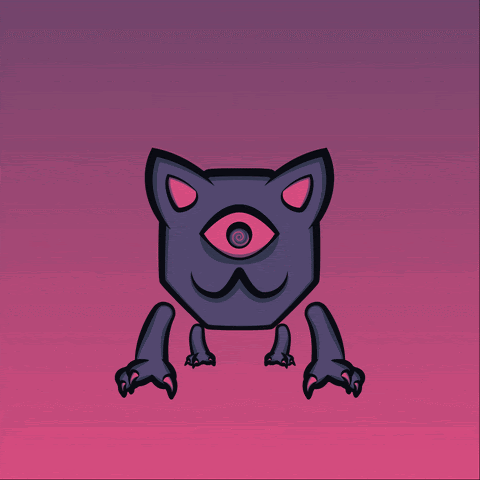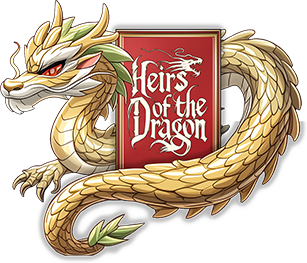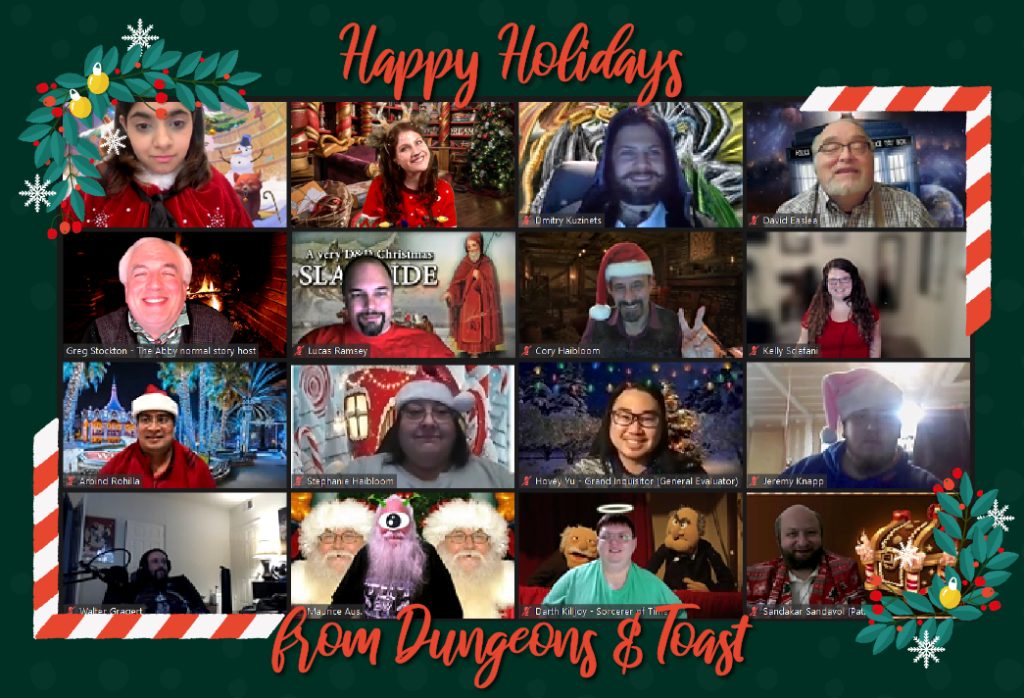Visit Dungeons & Toast
Learn More
A Table Topics Story: The Waffelmeister Tragedy
Please enjoy this story, inspired by the table topics session of January 21, 2022.
A broken old man stepped out from his ramshackle home. It was by no means the oldest home in the neighborhood, a lovely collection of victorians, but it had become a shadow of its former self. The bushes had grown mangled and unmanageable, the grass patchy and turning a decaying color of yellow. The shutters seemed hanging on by fragments of life, waiting for the next strong wind to dislodge them completely. As the man pulled the door shut, a wrought-iron “W” came loose and swung down to look like an M. The Wiffelmeister Manor, once a proud standard in the town of Dejeun, had lost its luster.
Some children rode by on bikes. “Hi, WAFFLE-meister.”
The man turned and if you look closely, you can see scars in a crisscross pattern across his face. He sneered at the children as they rode away, laughing. “It was not always like this,” he muttered, under his breath. “One day… they won’t laugh anymore.” He turned his back to the street and locked his door. An inopportune time for him to take his gaze away from the street below as a young lady strolled confidently into his yard and tossed a small, white object at him.
*SPLAT*
Wiffelmeister felt the egg crack and splatter against the back of his head. As the slimy, cold ooze slid beneath his collar and trickled down his spine, he heard the familiar taunts of his neighbor’s on again, off again, friend and “special friend,” Madame Bacon.
“You’re so lame, waffle man! Why don’t you just leave. No one wants you here.”
*SPLAT* *SPLAT* *SPLAT*
Three more eggs smacked against the side of the Wiffelmeister manner and with each “splat,” the man’s tired shoulders flinched, ever so slightly. His eyes watered as a lump of shame filled his throat. Swallowing it, he turned violently around and made his way angrily down his cracked, cobblestone walkway.
“Now you see here-”
“What’s that you were gonna say?”
Wiffelmeister paused. Next to Bacon, his neighbor and archnemesis, Sir Pancakeslot, stood on the sidewalk, casually leaning over his fence.
“Be careful, buddy. That wood looks rotted enough to give way,” said another voice, joining the group. It was Breadman – the whole gang of his nightmares was here.
“Would you all please, leave me alone.”
“Sure, mate. Just taking out the trash.” And with that, Pancakesalot kicked over the trash cans at the end of the driveway and the three of them walked off laughing.
Wiffelmeister sighed. As he cleaned up the trash and replaced the cans, he started to cry a little bit. No one was around to abuse him anymore for just a moment. He thought bitterly about the day all this came to pass. The day his life was ruined…
Wiffelmeister Manor was bustling with activity as the master of the house, Sir Wiffelmeister himself, was preparing to unveil his latest invention. It was the talk of the town.
“Could it be, has he done it?”
“If he has, the rivalry between him and Pancakeslot will be less rivalry and more… king and jester. Pancakes, what a joke!”
Conversations like this did not go unnoticed by Pancakeslot. He snuck through the shadows of the Wiffelmeister home, hoping to catch a glimpse at the machine he once helped build.
“That’s it, it’s complete! I think it’s time I take Butters out to poop on young Pancakes’ lawn again. I wonder if he can hear the party from his sad little home next door? Oh, Chief!”
The chief of police stepped into the room, “Yes, sir?”
“Please make sure that if our filthy little neighbor complains about our party, it’s ignored.”
“Of course, sir.”
Pancakesalot heard all this. He watched as Wiffelmeister took his dog to crap on his lawn yet again. He stepped out of the shadows and looked at the machine that would ruin him. It was different than he remembered. He couldn’t believe it. For as much as he hated him, Wiffelmeister was a genius. There it sat churning out waffles every fifteen seconds. Giant containers of eggs, milk, flour, baking powder, and a secret mix of additional ingredients, passed down for generations in the Wiffelmeister family, fed into the machine. He took a deep breath – just smelling the sweet smell of the waffles he knew they would be perfect, down to the very last one. He smiled bitterly, thinking of how he had been thrown out for daring to suggest that a pancake griddle be added as an option.
“Pancakes. Are you mad? There’s no beauty in pancakes. Get out of my sight!”
As Pancakeslot pulled out his containers of vinegar and baking soda and threw them into the different containers of ingredients, he took no pleasure. That would come later. For now, this was self-preservation. He would never survive this invention. He had to break it.
WOOF! WOOF!
Wiffelmeister was coming back up the stairs and in his rush, Pancakeslot dropped a bag of baking soda and a bottle of vinegar as he fled the room. When the master of the home reentered his lab, he saw his machine bubbling over, ready to burst at the seams. Sprinting forward he didn’t notice the paste on the ground and slipped, face first into the-
“Oh no! It’s the WAFFLEMONSTER!”
Shaken from his reverie he saw a small group of preschoolers quickly cross the street to avoid his burnt face. He scowled and limped away. As he walked a subtle, almost imperceptible clang emanated from the sidewalk in front of his house with each step he took.
The next day, Wiffelmeister was exiting his home once again and heard a familiar “splat.” He turned and saw the three banes of his existence, each one worse than the last. They were clearly toasted.
“Ooops, sorry WAFFLEMONSTER.”
“Yeah! Her hand slipped.”
“It was an eggsellent throw, though. You must admit!”
“Seriously, no yolk.”
The three of them fell on the ground laughing.
Wiffelmeister grinned and flipped the switch by his door. He whistled as he walked – hardly limping at all today – down his driveway. He barely noticed the screams or the sound of his sizzling enemies as he stepped around his recently installed, newly invented, griddle sidewalk.
When he returned home, the chief and the rest of the police were there. The three breakfast buffoons were still stuck on the sidewalk but they had figured out how to turn off his griddlewalk.
“I’m sorry, old friend. But we’re going to have to arrest you.”
“I’m afraid I can’t let you do that.”
Wiffelmeister knew anything he did at this point would force the chief’s hand. He sighed and looked at his old, disheveled, and once-proud manor. He gave a little wave. He strode forward, bringing his fists out of his pockets.
“No, DON’T DO IT!”
—
When the scene cleared, Wiffelmeister lay in the middle of the street, drowned in maple syrup and butter. The chief stood by a fire truck, desperately trying to rinse the remnants of the sticky concoction out of his hair.
“Chief, what are we going to do about her?”
“Who are you talking about,” and looking up, the chief saw a young girl of about 8 years old looking at him with puffy eyes and a stuffed waffle toy in her arms.
“What’s going to happen to me?”
The chief looked at the little girl. He looked down at a man who was better once. Before the arrogance, long before the tragedy of today, and remembered what could have been.
“I’ll take care of you honey. I can tell you all about your daddy.”
The little girl sniffled and nodded.
—
“This is where your family used to live.”
Maple Wiffelmeister walked her daughter up the old walkway to the once esteemed Wiffelmeister Manor. She took a deep breath and she unlocked the front door. Flashing the okay sign to her Uncle Chief, she led her daughter into a home she had almost forgotten. Roaming the halls, bittersweet memories came rushing back to her in a flood. Lost in her thoughts, and lost in her old house, her daughter scampered off on her own.
The young girl tripped over a small, raised tile in one of the rooms. Angrily she stomped on it and when she did, the wall behind her slid slowly aside to reveal a large machine. A bright red button blinked dully as she cautiously approached the forgotten waffle maker.
“MOMMY! MOMMY! You have to come try this!”
Maple looked up, startled and heard the dull, familiar rumbling of her father’s machine. A delicate, sweet smell wafted down from the floor above, tickling her with fond memories when breakfast was just breakfast.
Dear Tom … a Monologue
Many people are curious about the marriage between roleplaying and the Toastmasters program, specifically how the speech projects in Pathways can be retooled to develop our members’ roleplaying skills. Two weeks ago, member Andrew Brewer presented a speech focused on identifying and appealing to differing “Communication Styles,” a speech in Level 2 of his Path, Visionary Communication. Instead of describing his own personal communication style and recounting instances of relating to others’ differing styles, he assumed the role of a modernized Tom Bombadil, an enigmatic character from the world of Tolkien’s Middle Earth, giving the listener advice on how to best relate to members of the Fellowship of the Ring.
2022 #D100 TLI Takeaways
Ever engaged, Dungeons & Toast sent a large contingent of members to the Toastmasters Leadership Institute yesterday. Andrew B, Cliff C, Michael C, Yanini C, Loni H, Arbind R, Greg S, Kelly S, Patrick V were all present for personal and professional development through officer training and a variety of great workshops.

Here are some key takeaways, according to those present:
Continue reading “2022 #D100 TLI Takeaways” »New Year, New You

In the distance you hear a faint buzzing. You look around, trapped in a gray haze. In front of you is a stack of note cards. What in the world? The buzzing is getting louder. It’s coming from all around you. You finally slam your hands against your ears and…
Ugh… you’re awake. You remember who you are again. You’re the Toastmonster of some member of that weird Toastmasters thing. Dungeons & Toast. You walk by the mirror wiping the crust from your… eye? Okay, so this fool thinks they’re a cyclops today. Why couldn’t I have been a Salt and Grace Toastmonster? You grab one of Stephanie and Cliff’s imaginary muffins and read your Toastmonster Gazette.
FIRST MEETING OF 2022!
Are you kidding me? They let me sleep for how long? You brush your tooth. Gargle on some Listerine and spit up thinking of Hovey’s “Deadwinter’s Carol.” (Hit that link if y’all missed it!) The speech line-up will be full. The Toastmonsters are well-rested and ready to play.
Happy 2022!
New Horizons

The New Year opens up new possibilities and new horizons! As we cross the line and take the leap from the known to the unknown, from the present to the future, be thankful and express gratitude for what you have . . . and prepare to embark on the adventure that 2022 is sure to be!
Thank you to the Dungeons & Toast Club Sponsors, Club Mentors, leadership team, club members, dignitaries, and guests who have made the Dungeons & Toast Toastmasters club’s first calendar year in existence a special and amazing one. You are all stupendous!
The best is yet to come in 2022! We rolled a natural 20 and a modified 22, so 2022 is bound to be an exceptional year!

Game on, my fellow adventurers, game on!
Happy New Year!
#D100 #toastmasters
Beautiful Story of a Small God
I was recently reminded of this story, which seems appropriate to post during this season that is hopefully about being in the company or thoughts of loved ones. It is from a Tumblr writing prompt years ago, and tells a tale of a small god and his follower.
Continue reading “Beautiful Story of a Small God” »’tis the Season of Joy

Merry Christmas and happy holidays! Whatever holidays you celebrate, whatever traditions you follow, this is the season of joy. Therefore go forth and spread joy and make merry!



















